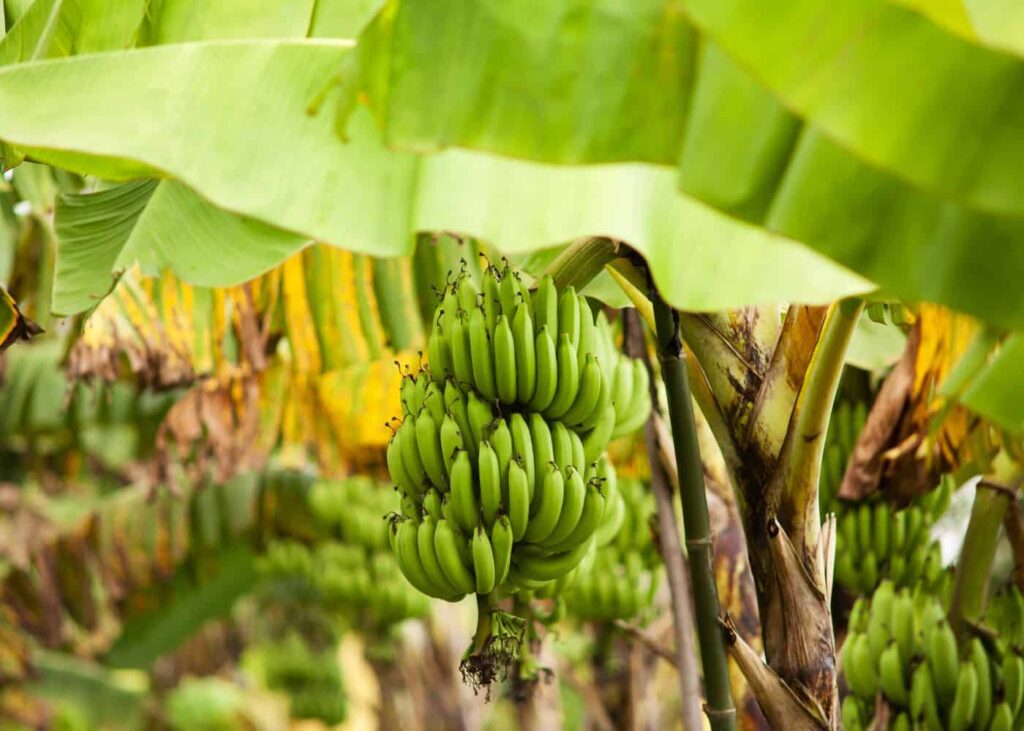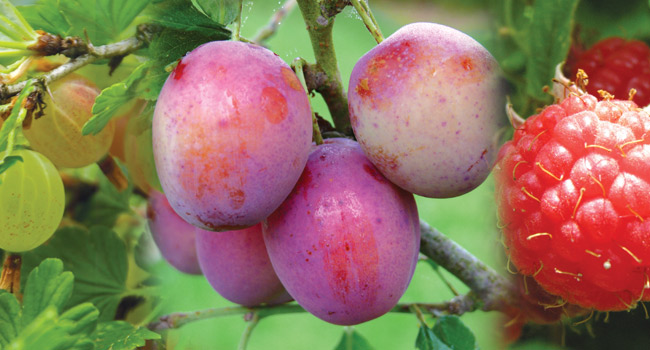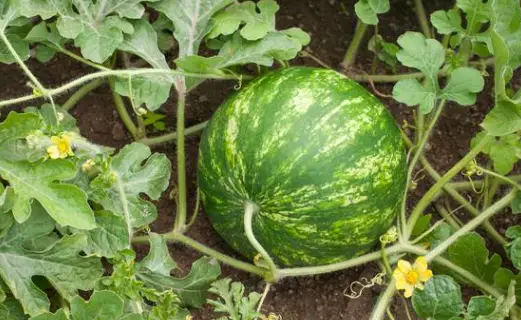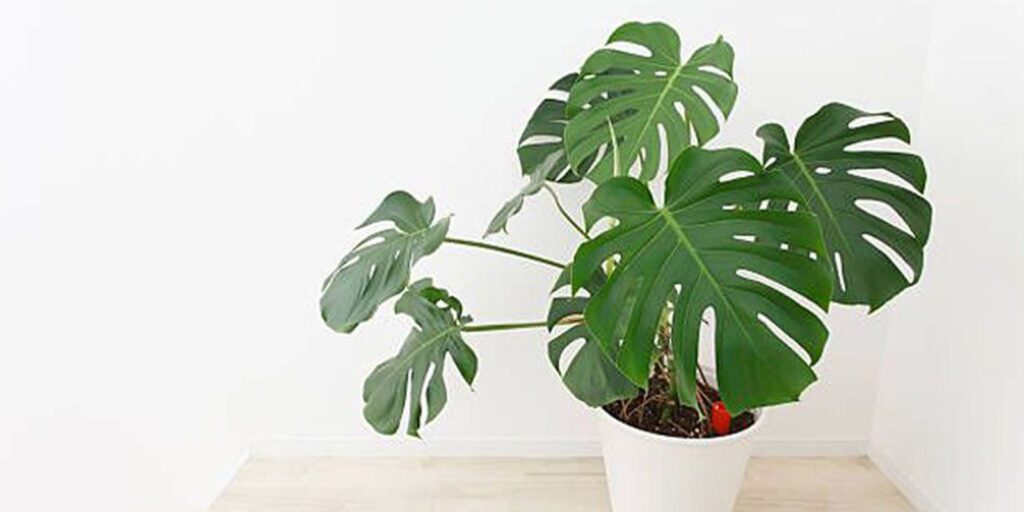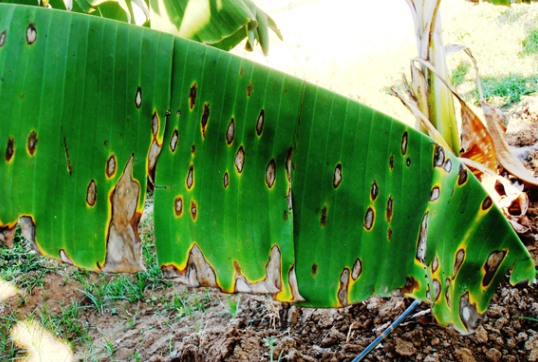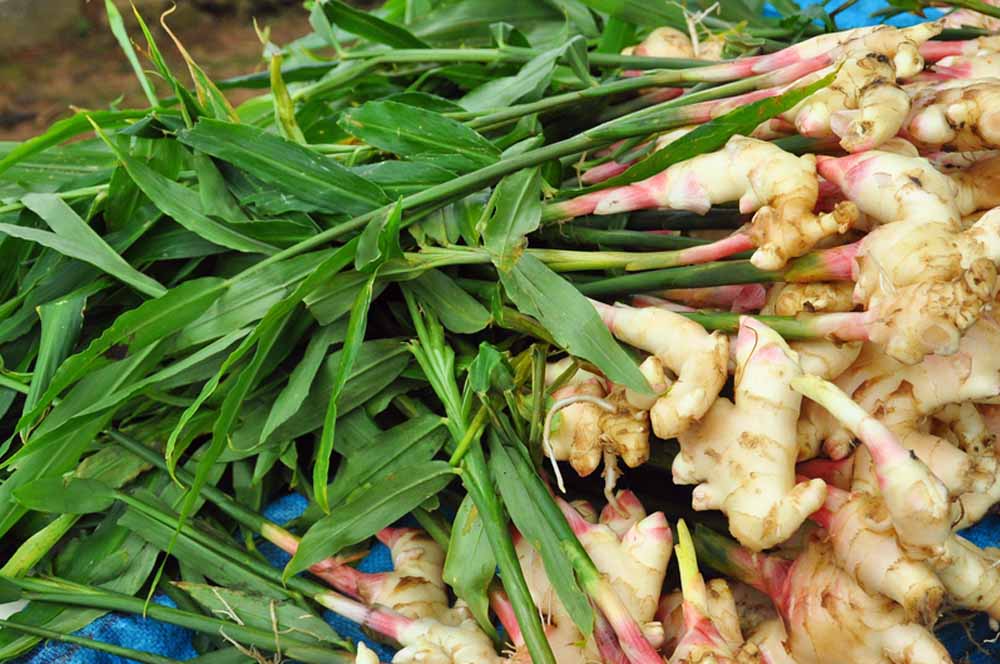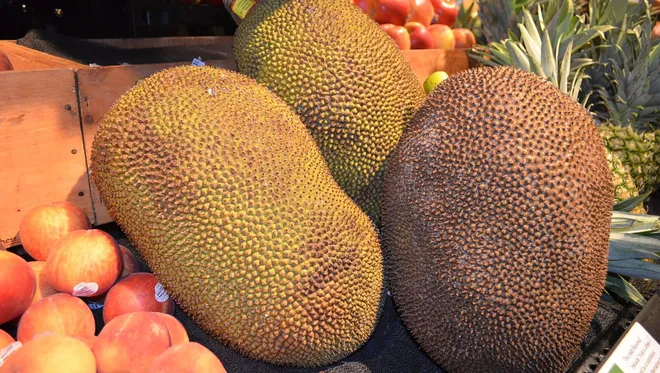Have you ever thought about how “bearing fruit” is different from “produizing fruit”? Although they seem alike, these ideas are not the same. This piece will dig into what each term really means for plants, explain why they matter, and help clear up any confusion.
Table of Contents
- Exploring the Concept of Bearing Fruit
- Exploring the Concept of Producing Fruit
- Key Differences Betweenproducing Fru Bearing Fruit and Producing Fruit
- Why Bearing Fruit and Producing Fruit Are Important
- Clearing Up Confusion
- Nature’s Fascinating Examples
- Tips for Growing and Looking After Fruit Plants
- Challenges and Solutions
- Conclusion
- FAQs
- Can a plant bear fruit without producing fruit?
- Can a plant produce fruit without bearing fruit?
- Are all fruits produced by plants suitable for consumption?
- Can a plant produce fruit without seeds?
- What are some examples of plants that bear fruit but do not produce viable seeds?
Exploring the Concept of Bearing Fruit
To begin, what does it mean when we say a plant “bears fruit”? This is a way of talking about the time in a plant’s life when its flowers have been pollinated, leading to the development of fruit. It’s a part of the plant’s life where it shows off how good it is at reproducing.
Bearing fruit is really important for a plant’s chances to keep existing and make more of itself. The fruit acts like a safe house for the seeds, keeping them away from bad weather, animals that might want to eat them, and diseases. Plus, fruits often look and smell good to animals, which tempts them to eat the fruit and spread the seeds to new places.
Many things can change how well a plant bears fruit. The weather, how much water there is, and the amount of light can all make a big difference. Also, having bees, butterflies, or other animals around to move pollen around is a must-have for the plant to make fruit.
Exploring the Concept of Producing Fruit
Now let’s talk about producing fruit. This idea is more about the whole picture of how a fruit comes to be. It covers not just pollination and fruit growth, but everything from when a plant first makes flowers to when the fruit is fully grown.
The journey to produce fruit begins when the plant flowers. The flowers hold parts that can make seeds, and they’re ready to turn into fruit. Once the flower gets pollinated, which means pollen moves from the flower’s male parts to its female parts, the seed starts to form and the ovary grows into fruit.
Just like with bearing fruit, a lot of different factors can affect how a plant produces fruit. The plant needs the right amount of water, good soil, and plenty of sunlight. The kind of plant it is, how old it is, and its general health also play a role.
Key Differences Betweenproducing Fru Bearing Fruit and Producing Fruit
With a clearer picture of both concepts, we can now pinpoint what sets them apart.
- Specific Phases: Bearing fruit specifically refers to that crucial time when the flowers are pollinated and the fruit starts to form. Producing fruit covers the entire timeline, from the bloom of the flowers all the way to when the fruit is ready to be picked.
- Different Roles: Bearing fruit is mostly about keeping seeds safe and getting help from animals to move them to new places. However, producing fruit deals with a lot of steps like pollination, seed creation, and the growth of the fruit.
- They Rely On Each Other: Bearing fruit and producing fruit need each other. You can’t have one without the other. Producing fruit starts with bearing fruit, as this is the first stage in making new fruit. If a plant doesn’t bear fruit, it can’t go on to produce fruit.
Why Bearing Fruit and Producing Fruit Are Important
Both of these processes are essential for plants to keep living and making more plants. Let’s dive into the reasons why they’re so crucial.
Bearing fruit is key to spreading seeds around. Fruits catch the eye and the nose of animals, who eat them and then leave the seeds in new places when they move around. This partnership between plants and animals helps make sure that plants can live on and stay diverse.
On the flip side, producing fruit is all about the plant’s own well-being and growth. By making fruit, plants put a lot of effort into creating a safe and nutritious place for seeds to grow. Having fruit is a big win for plants—it boosts the chances that their seeds will take root and grow well once they land somewhere new.
Clearing Up Confusion
Although these processes are important, there’s some confusion around them that we should fix. Let’s tackle a couple of widespread misunderstandings:
- Misconception 1: People often mix up bearing fruit with the whole process of making fruit. But remember, bearing fruit is just the start, while producing fruit includes all the steps that lead to a ready-to-eat fruit.
- Misconception 2: There’s a thought that all fruit that plants make is good for us to eat. That’s not true—some fruits can be bad for us, with stuff inside that’s harmful or we can’t digest.
Nature’s Fascinating Examples
Nature is full of examples of plants that bear and produce fruit in amazing ways. Take the coconut tree, for instance. It makes big, round coconuts, with a tough shell that keeps the seed safe. Coconuts can fall, roll, and even float on water to travel far from the original tree.
Then there’s the apple tree, which gives us apples. These fruits develop from the flower’s ovary and offer a tasty snack for people and animals. Apple seeds get spread when animals eat the apples and then move along, leaving the seeds in different spots.
Tips for Growing and Looking After Fruit Plants
If you’re interested in growing your own fruit-producing plants, there’s a lot to keep in mind. Here are some tips to help you on your way:
- Make sure the plants get enough light. Most fruit-bearing plants need full sun to grow strong and produce good fruit.
- Water them well. Fruit plants sometimes need extra water, especially when they’re making flowers and fruit.
- Nourish them with the right food. Using fertilizers made for fruit-producing plants can give them the nutrients they need.
- Keep pests away. Insects and diseases can spoil your efforts, so use safe ways to keep your plants healthy.
If you want to help your plants grow fruit, try these tips:
- Let the Sun Shine In: Plants need plenty of sunlight because it helps them make food through photosynthesis. This is also important for making fruits grow.
- Water Well: Give your plants the right amount of water to keep them healthy. This also helps them make fruits that are big and juicy.
- Cut and Care: Trim your plants to get rid of parts that are dead or hurt. This lets more air and light reach the plant, which is good for making more fruit.
- Attract Pollinators: Have flowers in your garden that bring in bees and other insects that help plants make fruits. This helps your plants get pollinated and grow fruit.
Challenges and Solutions
Even though plants naturally make fruit, sometimes they have problems. Here are some common ones and ways to fix them:
- Problem: Not enough pollination can lead to not many fruits being made.
- Fix: Bring in bees and other pollinators, or you can pollinate the plants yourself to make sure they have enough.
- Problem: Bad weather like frost or too much heat can hurt flowers and small fruits.
- Fix: Cover your plants in bad weather or choose types of plants that can handle these conditions better.
- Problem: If plants don’t get the nutrients they need, they won’t make good fruit.
- Fix: Give your plants the right food and nutrients to help them grow and make fruit.
Conclusion
Even though they sound the same, bearing fruit and producing fruit are different. Bearing fruit means the ovary of the plant turns into a fruit. Producing fruit means everything that happens from when the flower blooms until the fruit is ready.
Both steps are important for plants to live, have babies, and mix up their genes. When we understand how it all works, we can take care of our plants better.
